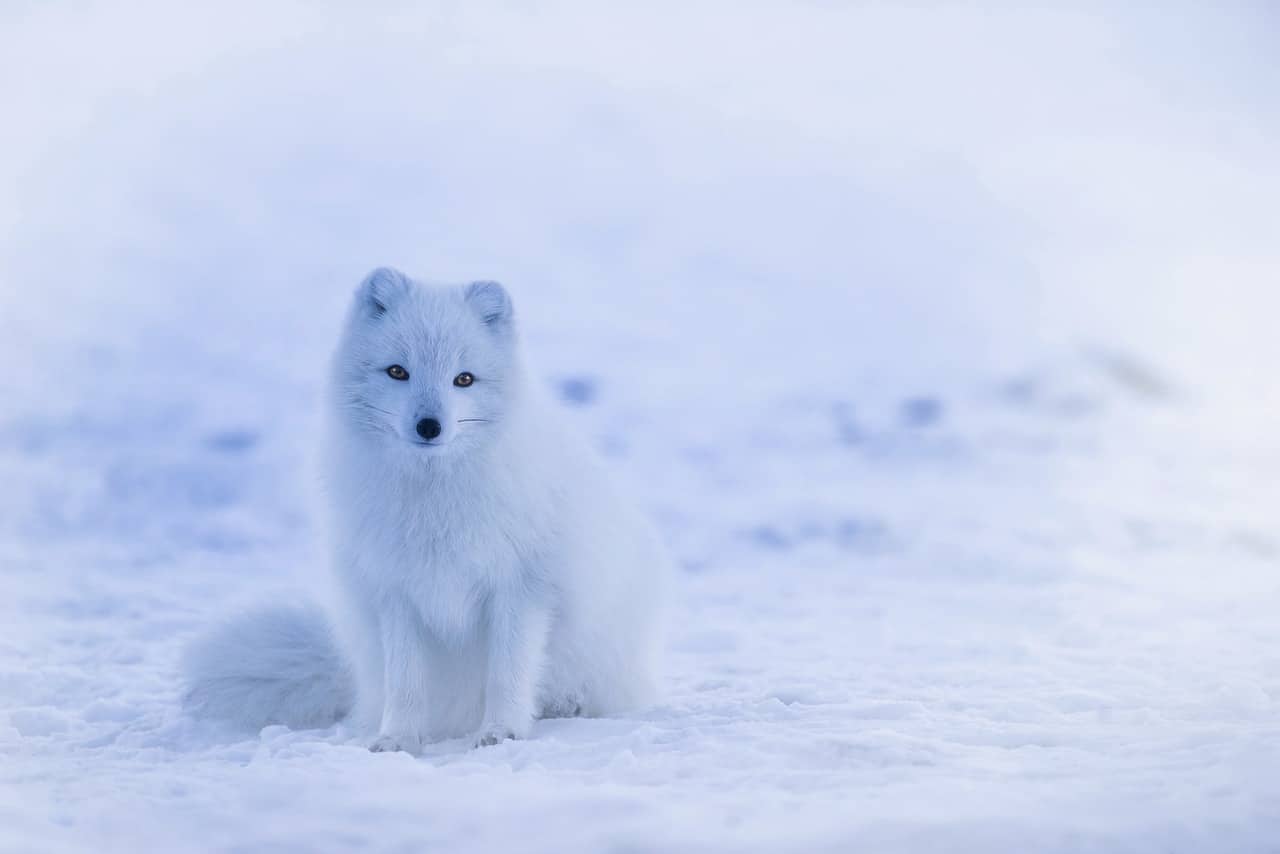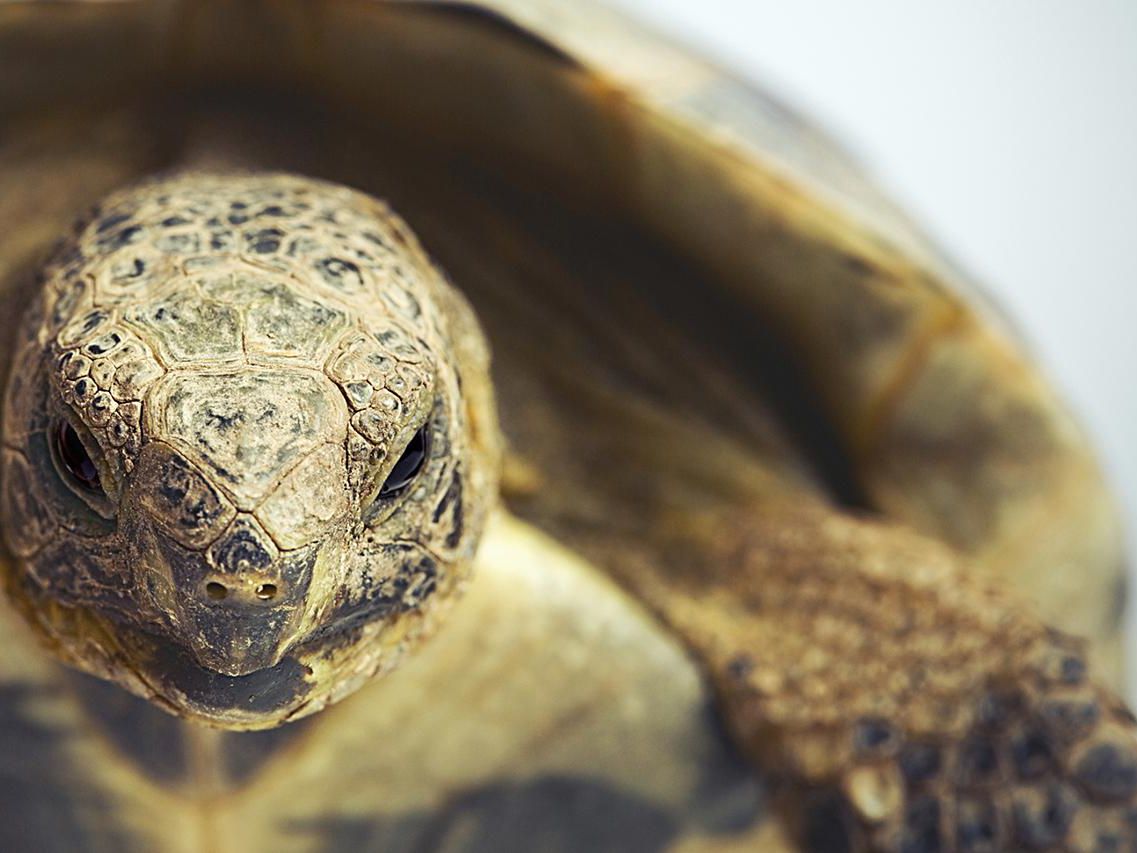Solitary animals are pretty much the loners’ species in the animal kingdom.
Similar to humans, some animals are social and enjoy being in herds, groups, or in pairs throughout their life.
At the same time, some other animals prefer tranquillity, solitude and being on their own. This does not mean that solitary animals are sad, lonely, depressed or melancholy.
They are just self-reliant, that the only way they know how to survive. Some animals are happy being independent and are wary of strangers.
Solitary animals only look for a partner when it reaches the season to mate. Here is the list of the world most solitary animals, and they include:
1. Polar bear
Polar bears are iconic arctic dwellers that enjoy solitude. Though young polar bears like playing together, the adults are known to be loners, meaning they prefer to be alone except when raising cubs or during mating season.
Adult polar bears use half of their time for hunting for food, and they only tolerate the company of others if there is a large amount of food to share, for example, the carcass of a whale.
2. Platypus
One of the most interesting-looking animals found in Australia is the platypus. This animal prefers to keep to its self and is known to share the same habitat with other animals petulantly.
The platypus won’t interact with anybody (even animals of its species) except if a mother is caring for her young or during mating season.
In 1799, a naturalist George Shaw described the platypus in his work called “The Naturalist’s Miscellany”. Although, people didn’t believe him because of the description of the body parts; a beaver’s tail, a duck’s feet and bill and an otter’s body and fur.
The platypus is undeniably one of the most baffling and strangest creatures in the animal kingdom. On the IUCN Red List of Endangered Species, the platypus is listed as near threatened, meaning it will get close to extinction if the population continues to decline.
3. Solitary Sandpiper
Most shorebirds stick together and also migrate in flocks. All this is true except for the solitary sandpiper. The solitary sandpiper is native to North America, and it typically migrates alone.
According to Audubon, it is usually found alone along the banks of a shaded pond or stream. Distinct from other sandpipers that nest on the ground, the solitary sandpiper prefers to borrow old songbird nests in trees.
If approached, these shy birds make high-pitched, whistle-like cries, bob nervously, and fly away. Solitary sandpipers are only seen together when mothers are caring for their young or during mating season.
4. Snow leopard
Snow leopards are known to be very elusive animals. They are majestic cats that like to perch on rocky cliffs and outcrops to watch search for preys and spot interlopers while being undiscovered. They are crepuscular animals, meaning they are most active at dusk and dawn.
Similar to other big cats (except lions which form a group called a pride), snow leopards live in solitude, mostly interacting with others when raising their young or when mating.
Not only do they avoid confrontation with other cats but also humans. There have been no verified reports on a snow leopard attacking a human.
5. Desert tortoise
Female tortoises are known to lay their eggs in holes in the sand. After laying the eggs, they rarely return, leaving the hatchlings (no larger than a quarter) on their own. The hatchlings must search for their food and avoid predators.
The odds of the hatchlings make it to sexual maturity is very slim, which is probably less than 2%. Desert tortoise only meet up to mate and often share a burrow during hibernation. They spend most of their lives in solitude.
6. Moose
According to the National Wildlife Federation, moose is the largest member of the deer family. It stands 1.8 metres (6 feet) tall at shoulder height and weighs more than 450 kilograms (1,000 pounds). Distinct from other deer species, moose don’t travel in herds.
The only period they interact is during mating season, and when mothers care for their young, the rest of their lives will be spent in solitude. Mothers care for the calves until they are about one year old, then they leave their mother.
During the mating season, fights within the males (called bulls) will erupt due to the availability of mate partners.
7. Chuckwalla lizard
Chuckwalla lizards can be found in rocky desert areas, it has a distinctive appearance, including lots of loose folds of skin on its neck & body and a potbelly.
This solitary lizard prefers being alone to basks in the sun for the warmth in the morning, and after which it then hunts for food.
The chuckwalla lizard stays up perch in elevated spots to keep watch on its territory. During mating season, they find themselves a mate. Males are known to be territorial, which means they fight to protect their territory.
8. Hawaiian monk seal
Distinct from other seals that live in colonies, the Hawaiian monk seal lives a solitary life. It can be found on the Hawaiian Island and has been classified as a critically endangered species with less than 1,400 individuals left in the wild.
According to the National Oceanic and Atmospheric Administration (NOAA), Hawaiian monk seals only interact during mating season or when raising their young. They occasionally lie next to each other, but not close enough for physical contact.
9. Skunks
There are several species of skunks, and they are arguably solitary. They tend to release a very strong odour that repels any animal within a few meters when they feel nervous, threatened, or attacked.
For the sake of their family and other animals, skunks prefer to live as lonely and independent individuals. During winter, skunks, especially the females, may share dens.
Interactions only occur during the mating season and a mother caring for her young. Males do not display paternal care and could mate with more than one female. Female skunks care for their young for a year and are very protective of them during that period.
10. Moles
One of the most solitary and reclusive animals in the world is the mole. Moles are known as an unusual group of underground dwellers. They dig several networks of tunnels under the ground to make their homes.
They do not like sharing tunnels they spent time and effort making. They avoid interactions with other moles and prefer playing alone in their tunnels. They may end up fighting if their territories overlap.
11. Koalas
Koalas appreciate tranquillity and are naturally solitary animals. They prefer having their regular me-time than interacting with other koalas.
Young koalas mount on their mothers’ backs for protection and care. After reaching a certain age, they begin to fend for themselves and also live a life of solitude.
Male koalas (except the larger, dominant males) are travellers and do not have permanent territories, while the females stay permanently in their territories.
12. Sloths
Sloths are solitary animals and are also known to be one of the slowest animals in the world. They only interact during the mating season. Sloths prefer hanging and swinging from a branch alone, and probably meditating.
13. Wolverines
Wolverines are solitary mammals. They have a strange look like a cross between a dog and a bear but are actually mustelids, members of the weasel family. They chase away any animals that get close to them or their territories.
Wolverines are known to defend their territories aggressively.









